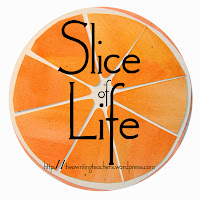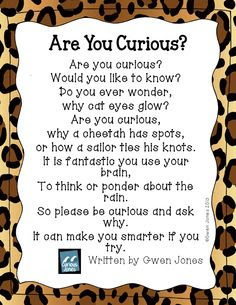Explicit Teaching of Writing Craft With Inexperienced Writers
 |
| Small group, Explicit teaching |
Explicit teaching has become a buzz word in the education sector in recent times. It is being waved about as a magical discovery. The reality is, -it is not a newly discovered strategy. It has in fact been present in schools, particularly Australian schools for over four decades. Has everyone been using it? Well, no, but highly effective teachers of writing have been successfully employing it to teach the craft of writing for many years. They utilize explicit teaching to guide inexperienced writers about how to write, rather than what to write.
Teaching the craft of writing requires the writing teacher to be explicit in their work with students. This occurs when a developmental program of instruction is provided. It occurs when teachers are clear about what it is they want children to learn and when they provide a meaningful, focused program of instruction.
When consideration is given to focused learning students are provided with opportunities to make sense of the learning. The teacher strives to create purposeful connections between lesson purposes, lesson tasks, and lesson reviews or conclusions. If these aspects of the lesson align, it increases the chances of success. The student is supported to be successful in their learning experiences. So, what does this look like in action?
When introducing a new craft strategy we need to:
- Explain to students the purpose of the instruction and why you have chosen to involve them in such instruction.
- Explain the strategy explicitly, specifically saying what it is, and how and when it should be used.
- Model the strategy in authentic writing situations, saying when it is most useful or even when it is not applicable.
- Think aloud about strategy use as you use it.
- Consider using the strategy collaboratively with your students before they attempt it independently.
- Encourage your students to explain to each other how they are processing this new information about writing. Listen actively.
- Emphasize that choosing an appropriate strategy is important and that different strategies may be applied in different situations.
- Guide students’ practice of the strategy in small groups and individually, gradually releasing responsibility to them.
- Make sure that your students are involved in a lot of rich dialogue about what they are writing and what they are doing to help improve their writing.
- Relate the use of the strategy to their own independent writing.
- Provide many opportunities for students to use the strategy independently.
- Monitor the strategy's uptake in the days and weeks that follow. Scan for evidence and celebrate your sightings.
*Note the critical role of teacher modeling and demonstration along with the embedding of talk and discussion within this teaching framework.
Strategy instruction may be undertaken with the whole class, in small groups or with individuals, but it is stressed that as students practice the strategies there is a clear expectation that they transfer them to their own independent writing.
Strategy instruction may be undertaken with the whole class, in small groups or with individuals, but it is stressed that as students practice the strategies there is a clear expectation that they transfer them to their own independent writing.
Asking questions such as the following will remind your students about this transfer.
'How could you use this strategy in your own writing?'
'How could this to help you with your future writing?'
'How could you use this strategy in your own writing?'
'How could this to help you with your future writing?'
Being explicit and mindful in teaching needs to acknowledge that learning is not a purely linear process. Revision, reflection and revisiting are therefore critical considerations.





Comments
Post a Comment